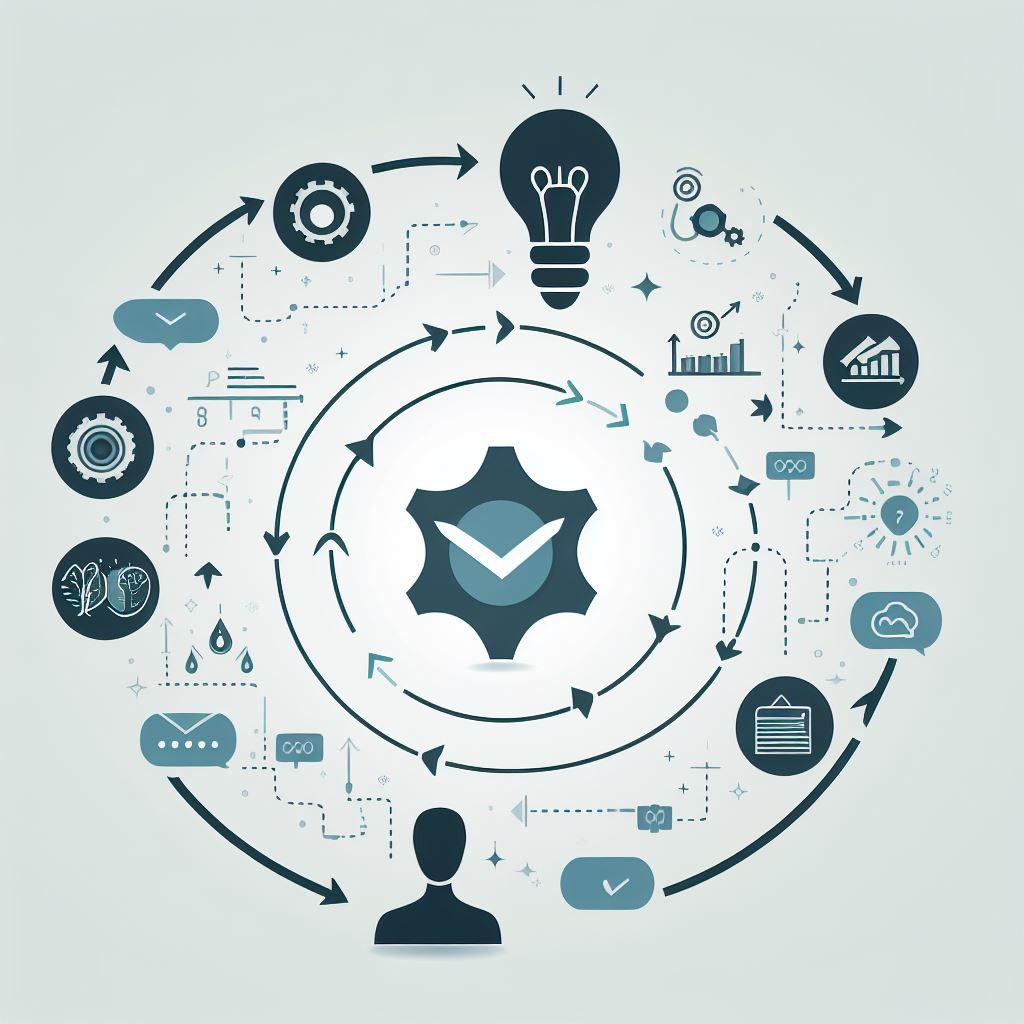In the dynamic landscape of modern business, the philosophy of continuous improvement stands out as a crucial strategy for maintaining competitiveness and achieving sustained growth. Derived from the Japanese term Kaizen, which means “change for the better,” continuous improvement involves making small, incremental changes to processes, products, and services with the goal of enhancing efficiency and quality. This blog post explores why continuous improvement is essential and how businesses can effectively implement it.
Understanding Continuous Improvement
Continuous improvement is an ongoing effort to improve all aspects of an organization—from the systems and processes to the product and service outputs. The process is cyclical, involving planning, doing, checking, and acting (PDCA). This approach not only supports business practices but also fosters a culture of innovation and engagement among employees.
Why Continuous Improvement Matters
- Increased Efficiency: Regularly evaluating and refining processes reduces waste and optimizes performance, leading to significant cost savings and better utilization of resources.
- Enhanced Quality: Incremental improvements help enhance the quality of products and services, boosting customer satisfaction and loyalty.
- Employee Empowerment: Involving employees in continuous improvement processes increases engagement and ownership, which boosts morale and productivity.
- Adaptability: Businesses that consistently embrace improvement are better positioned to adapt to changes and disruptions in the market.
- Sustained Growth: Continuous improvement facilitates ongoing innovation, helping businesses stay ahead of the curve and ensuring long-term success.
How to Implement Continuous Improvement
- Set Clear Objectives: Begin by identifying specific areas in need of improvement. Goals should be measurable, achievable, and aligned with the overall business strategy.
- Engage Your Team: Continuous improvement thrives in an environment where every employee feels empowered to contribute ideas. Encourage participation by creating open channels for feedback and ideas.
- Use the Right Tools: Implement tools and methodologies like Six Sigma, Lean, or Total Quality Management (TQM) to guide your improvement efforts. These tools can help in identifying inefficiencies and optimizing processes.
- Train and Educate: Regular training and development sessions ensure that employees have the necessary skills to contribute effectively to improvement initiatives.
- Review and Refine: Continuous improvement is an iterative process. Regularly review the outcomes of your efforts and refine them based on data and feedback. Celebrate successes to maintain momentum.

Challenges to Anticipate
- Resistance to Change: Change can be difficult, and some employees may resist. Address this by clearly communicating the benefits and providing ample support throughout the transition.
- Lack of Engagement: Without proper motivation and engagement, improvement initiatives can falter. Keep the team motivated by highlighting successes and rewarding contributions.
- Resource Allocation: Ensuring sufficient resources, including time and money, are available for improvement projects can be a challenge. Prioritize initiatives that align with key business goals.
Conclusion
Continuous improvement is not just a methodology but a mindset that should permeate every level of an organization. By committing to making small, incremental changes regularly, businesses can enhance their operations, boost employee morale, and achieve greater customer satisfaction. Embrace the journey of continuous improvement—it’s a proven path to lasting success and resilience in the business world.
Call to Action
Is your business ready to take the next step toward efficiency and excellence? Start integrating continuous improvement practices today and watch as the small changes add up to significant transformations. Share your thoughts and experiences with continuous improvement in the comments below or connect with us on social media. Let’s grow better, together!


